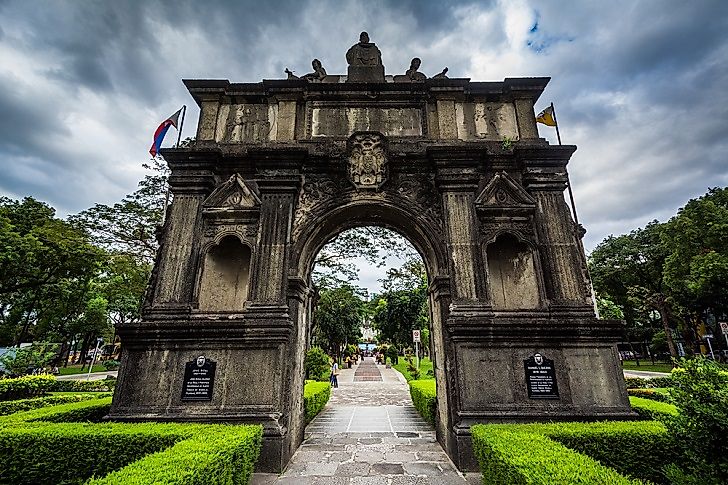University of Santo Tomas - Educational Institutions Around the World

5. Founding
The University of Santo Tomas was founded on April 28, 1611, in Sampaloc, Manila, Philippines, which was a Spanish colony at the time. Miguel de Benavides, a Dominican missionary who served as the third Archbishop of Manila, initiated its founding and devoted his own personal library for the benefit of the school. The school received a charter from King Philip III of Spain in 1611, thanks in large to the efforts of Father Bernardo de Santa Catalina. The official founding of the university took place on April 28, 1611. Shortly thereafter, Baltasar Fort was appointed the rector of the university in 1619.
4. History
Founded as a Catholic university, the University of Santo Tomas was in its first years a seminary to train young people to become priests. They were taught canon law, theology, philosophy, grammar, logic, arts, and the civil law. Later on, the school increasingly incorporated a broader range of courses, including Medicine, Pharmacy, and other sciences. Throughout the years, the University of Santo Tomas has been given many prestigious titles. In 1785, it was granted the title of a "Royal" university by King Charles III of Spain. In 1902, it was declared a "Pontifical" institution by Pope Leo XIII.. Then, in 1947, it was deemed "The Catholic University of the Philippines" by Pope Pius XII. The university started to accept female students in 1927. Starting in the 1970s, it grew into a comprehensive university that now confers degrees in a wide range of subjects.
3. Structure
The University of Santo Tomas is currently comprised of six Faculties, ten Colleges, and four Institutes. The six faculties are the Faculty of Sacred Theology, the Faculty of Philosophy, the Faculty of Canon Law, the Faculty of Medicine and Surgery, the Faculty of Pharmacy, the Faculty of Philosophy and Letters, and the Faculty of Engineering. Its ten colleges are the College of Education, the College of Science, the College of Architecture, the College of Commerce and Business Administration, the Conservatory of Music, the College of Nursing, the College of Rehabilitation Sciences, the College of Fine Arts and Design, the Alfredo M. Velayo College of Accountancy, and the College of Tourism and Hospitality Management. The four institutes at the University of Santo Tomas are the Institute of Information and Computing Sciences, the Institute of Physical Education and Athletics, the Department of Military Science and Tactics, and the Institute of Religion.
2. Rankings
The University of Santo Tomas is widely seen not only as one of the best universities in the Philippines, but also as one that is internationally renowned. It is one of the top 10 universities in the Philippines according to the World Ranking Web of Universities, and has been ranked by QS as the best university in the Philippines. It is ranked in the QS Asian University rankings as 143rd, and in the QS World University rankings in the top 700. Traditionally strong in theology and canon law, the University of Santo Tomas has grown considerably in recent years in the realms of the natural sciences, the arts, and the social sciences alike. The University of Santo Tomas mainly attracts domestic students, though there are around 110 international students studying at the University of Santo Tomas today. Courses there are taught in both English and Filipino.
1. Alumni
The University of Santo Tomas has been home to many prominent figures in the Philippines' history. As longstanding Catholic university, the University of Santo Tomas has produced numerous saints and clergyman. It is also known to be the alma mater of many national heroes of the Philippines, including Pedro Abad Santos, who led an anti-Japanese guerrilla movement in the country during World War II. The Filipino patriot Jose Rizal and the revolutionary Paciano Rizal also attended here. The University of Santo Tomas has also produced four Presidents of the Philippines, namely Manuel L. Quezon, Sergio Osmena, Jose P. Laurel, and Diosodado Macapagal. In addition, the school has educated many other important politicians, judges, and civil servants, and a number of Filipino artists and actors have also attended the University of Santo Tomas as well.











